More results...
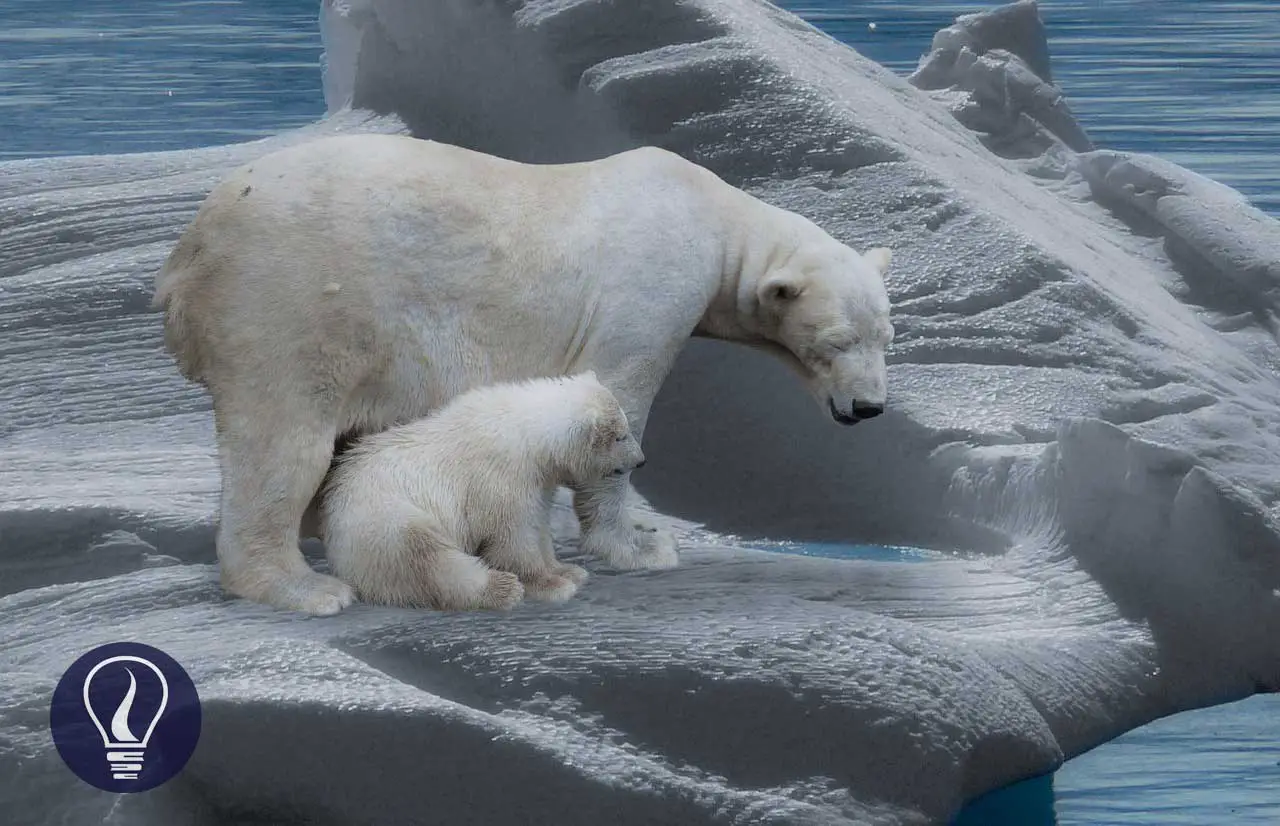

In recent years, the temperature of the earth has gone up by considerable amounts. Also, we have faced environmental crises (wildfires, floods, species becoming extinct rapidly), and extreme weather conditions in recent years. The climate of our world is changing rapidly, especially not in a good way. This article discusses those climate change what are the effects, its causes, and what can we do to minimize those issues.
Before we start, we have to know what climate change really means. In recent years (within the last century), the human population has risen at a huge rate. So, the requirements such as food, water, and land, to sustain that population have been increased. Also, because of the industrial revolution that happens in the last century, a large number of industries, production facilities, and farming lands have been established. Those are very critical to sustaining the human population of the planet. Because of those industrial improvements, humans have attained greater technological, economic, and social advances.
But while attaining those things, humans have ignored one very important factor that is very critical to all forms of life on earth, the environment. Because of the industrial revolution, there is a huge amount of greenhouse gases were emitted. That is a very noticeable change. If you take a look at the given graph, there is clearly an obvious difference.
CO2 (carbon dioxide) is the main greenhouse gas that mainly contributes to the greenhouse effect. Also, greenhouse gases like N2O (nitrous oxide), CFC (Chlorofluorocarbon), CH4 (Methane), and O3 (ozone) contribute to the greenhouse effect. You can see the numbers in the given chart.
Green-house gas is a gas that has the ability to absorb and emits radiation that is in the infrared (IR range). They have this ability because of their molecular structure. Simply, these kinds of gas molecules absorb heat and emit heat into the atmosphere. CO2, N2O, CFC, CH4, H2O, and O3 are some of the greenhouse gases that contribute to the greenhouse effect.
Nitrogen (N2) and Oxygen (O2), the most abundant gases on the earth, are not greenhouse gases. So, these gases do not contribute to the greenhouse effect.
Our planet receives radiation ranges like visible light, IR (infrared), and UV (ultraviolet) from the sun. IR is the radiation range that contributes to the greenhouse effect. IR radiation range means mostly heat radiations. Normally what happens is the IR radiation that the earth receives will be reflected back to space.
But because of those greenhouse gases we talked about before, those IR radiations are subjected to the process called “re-radiation”. So, the portion of IR radiations is reflected back and forth within the atmosphere. Instead of reflecting the heat to outer space at once, greenhouse gases will keep those radiations for a longer time within the earth's atmosphere. A portion of the heat is trapped in the atmosphere without reflecting the outer space at once. This phenomenon is called the “greenhouse effect”.
Generally, the greenhouse effect is not a bad thing to happen, actually, it is a good thing. Without this, the earth will freeze, Temperature of the surface of the earth will be low as -180 Celsius (0F | 255 Kelvin). Without the greenhouse effect life on the earth will not exist.
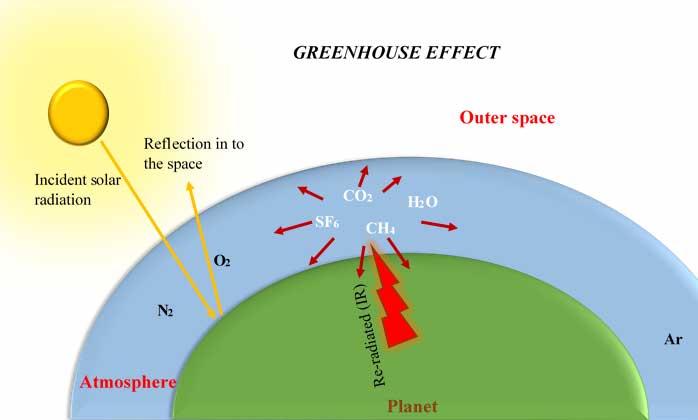
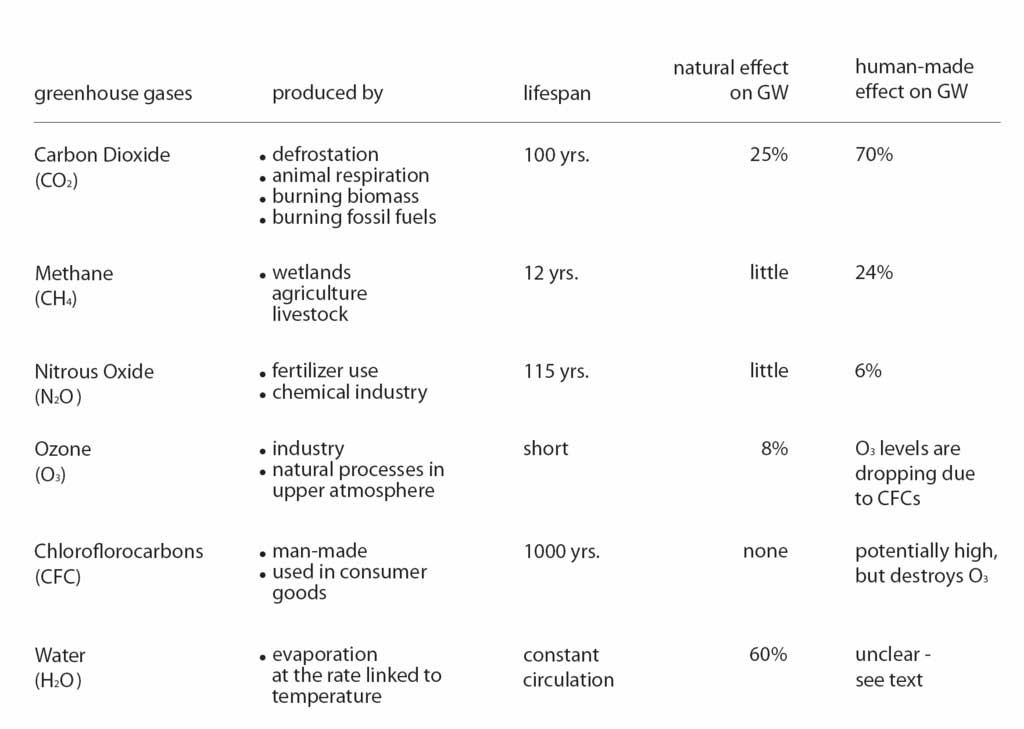
If this greenhouse effect is a good thing, we should not worry about it, right? Actually, within the last century, because of the industrial revolution, tons of greenhouse gases were emitted into the atmosphere. You can see this clearly in below graphs and illustrations.
So, more greenhouse gases mean more greenhouse effect. More heat radiations than the necessary amount will be trapped within the earth. That means the temperature of the earth will be raised as a result of this process. Imagine if you have to live in a much hotter environment in the future.
This would raise a series of problems like, increase seawater volume (sea-level increase), glacier meltdown, irregular rain patterns, and more. These kinds of problems will be a huge challenge to sustain life on the earth. That is why we have to be cautious about the greenhouse effect.
Climate change means changes that happen to average conditions like temperature, and rainfall over a long period of time. So, this could impact weather conditions for different regions.
The current average temperature of the earth is 10C higher than in the pre-industrial revolution era. Scientists say it is okay to temperature rise will be limited to 1.50C to 20C in 2100 (when this century ends). But at the current rate, the temperature of the earth will be raised by 1.50C in 2030. This is a huge problem. This is called “Global warming”. You can clearly see this rate is much more dangerous to our planet.
Also, sea levels are rising 3mm every year because of this extra heat. Glaciers of Antarctica, Arctic, and Greenland are melting at unusual speeds currently. Also, plant and flower blooming times have changed.
As I mentioned above, the temperature has gone up by 10C than the pre-industrial revolution era. It is normal for the temperature to variate within a few degrees over a long period of time. In fact, the climate of the earth changes constantly.
The study below graph carefully. You can observe more than a normal variation in a recent period. This is a very unusual change. Scientists found out that the temperature of the earth has risen quicker in recent years. In fact, the last 5 years are the hottest years of the century.
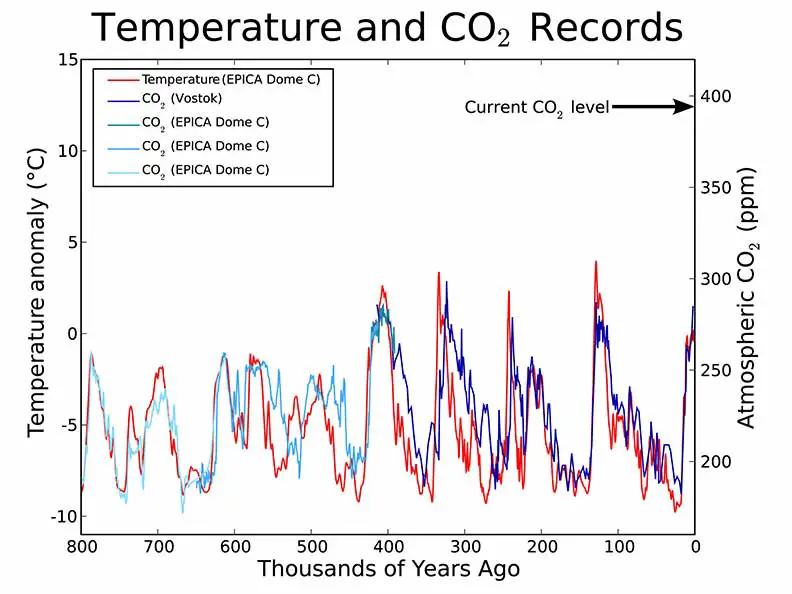
The reason for those effects is mainly human-related factors. After the industrial revolution, a huge amount of CO2 was released into the environment alongside many other pollutant greenhouse gases. Also because of the rising population, a huge amount of farming lands has been established. Also, they release a huge amount of CH4 - another greenhouse gas into the environment.

These things release huge amounts of greenhouse gases (way more than natural sources) into the atmosphere. They trap more heat because of the greenhouse effect. So, the temperature of the earth has risen.
So human factor is very critical to the current climate change.
We briefly touched on this topic in previous sections. Here, I will try to provide a more in-depth description.
As we know the main reason for climate change is global warming. Global warming happens because of the greenhouse effect. The causes of the greenhouse effect are emitting huge excessive amounts of greenhouse gases mentioned above.
So why so many greenhouse gases are emitted only within the previous and current century (industrial revolution era - present)? The answer is obvious. Human activities were the main reason for this excessive greenhouse gases/ carbon emission.
With the industrial revolution, use of the fossil fuel skyrocketed. Fossil fuel (crude oil, coal, natural gases) was becoming the main energy source for almost every industry. Some of the applications of fossil fuel were generating electricity, as the fuel for the engines of vehicles and machines. So a huge amount of carbon dioxide (alongside other gases) was emitted into the atmosphere.
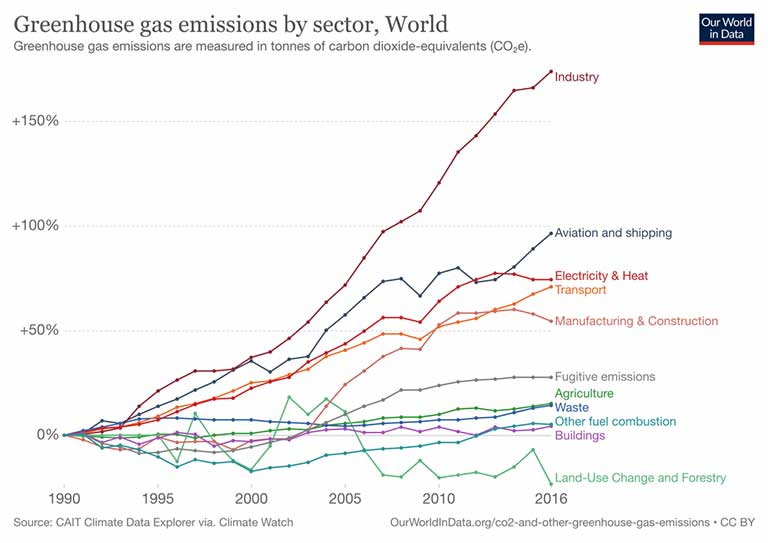
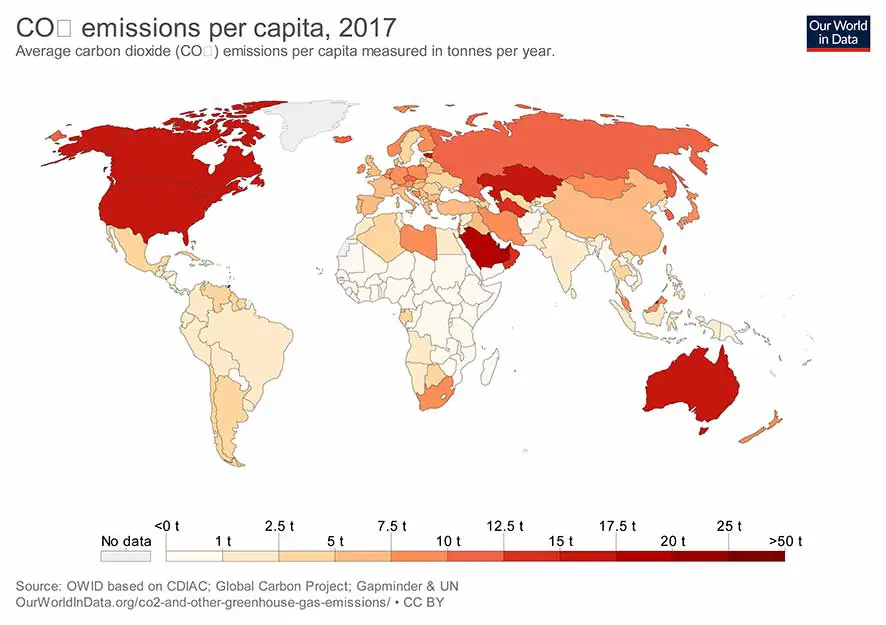
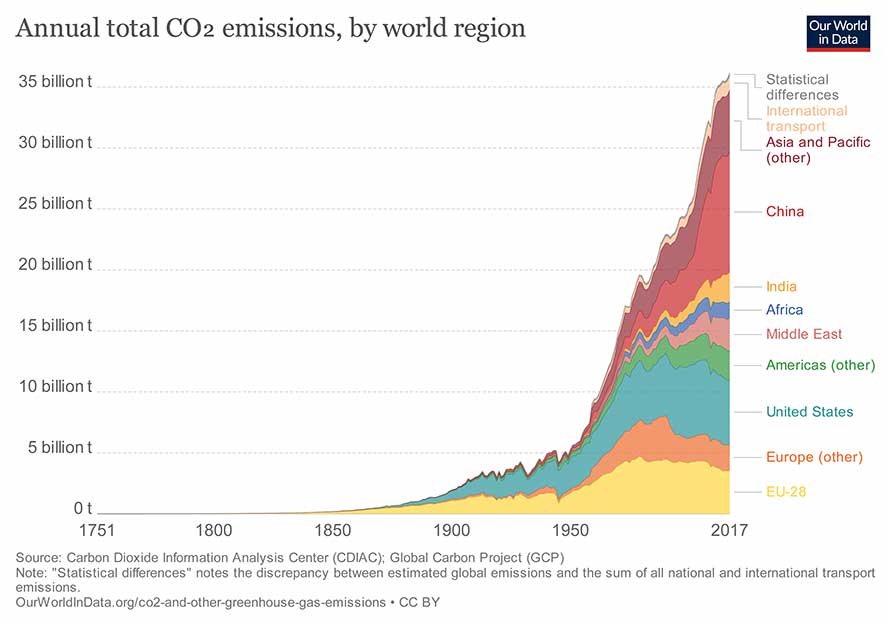
Also because of the sudden population growth of humans in this era, more food and land were required. So large number of agricultural farms (crop production, meat production) were established. From these agricultural lands, a huge amount of methane was released into the atmosphere. And also, environmental pollution (ocean pollution, air pollution, dumpsites …) has increased.
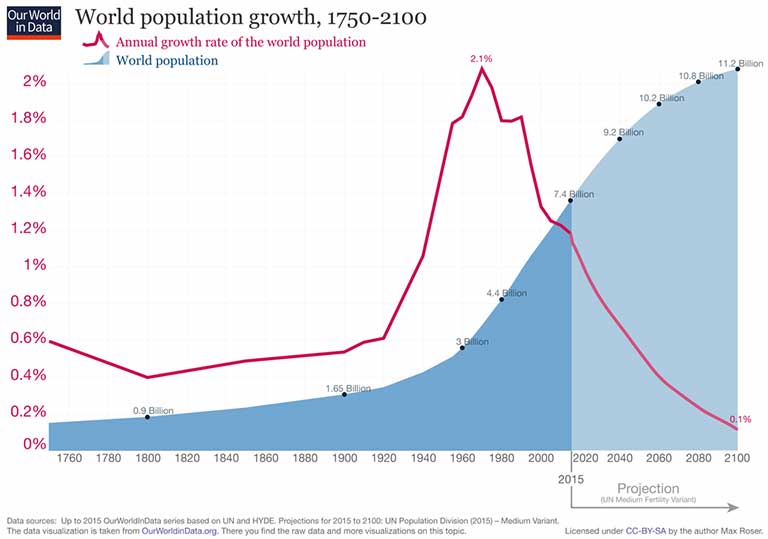
Also, more lands were required for farming and establishing settlements for humans. So a huge amount of deforestation has happened. Forests are very crucial to the reduce CO2 in the atmosphere and sustaining biochemical cycles like the carbon cycle, water cycle, nitrogen cycle, and more. Because of deforestation, these processes were disturbed.
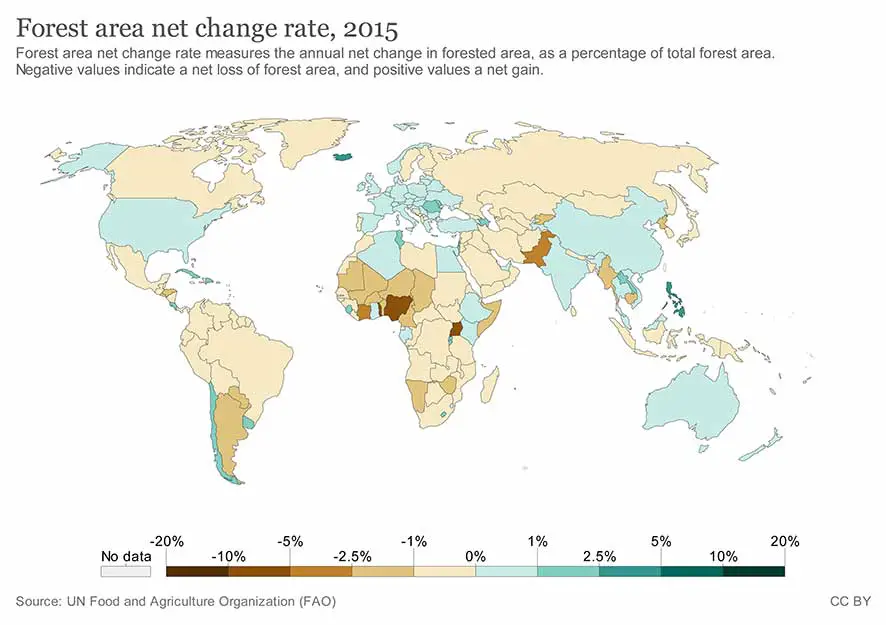
Trees, algae, and cyanobacteria (photosynthetic organisms) are the only contributors to the reduced CO2 level in the atmosphere. They trap CO2 when sunlight and water are present and then convert it into O2 and carbohydrates through a process called photosynthesis. Because of deforestation and ocean pollution, the number of photosynthetic organisms has been reduced.
Also, environmental pollution has become a considerable factor in climate change. For example, there are many dumpsites in most countries. Most of them are not properly managed. They are the main source of methane (CH4). Also, ocean pollution can be harmful to photosynthetic organisms in the ocean. We already talked about air pollution in the above sections.
The final result of these activities was the emission of huge amounts of greenhouse gases into the atmosphere. So, the greenhouse effect was increased by a large amount. As a result, the temperature of the earth increased. So global warming was increased.
Now we know what is climate change and what causes it. This section discusses effects of the climate change. I have discussed this topic briefly in the previous sections. But in this section, I will try to provide a more descriptive answer to the question.
The most obvious effect of climate change is global warming. So, what is global warming?
Around the world, different regions have different temperatures. Different regions have different seasons. Some areas are much hotter and some of the regions are relatively colder. But in recent few decades (the 1900s to present) in every region, average temperatures have increased by about 10C because of the increased greenhouse effect. So, this effect has heated, the earth’s surface, oceans, and atmosphere. This is called global warming.
That means the earth has become hotter than in the pre-industrial revolution era. Actually, a few recent years have become the hottest years of history.
As I discussed, the main effect of global warming is obviously increasing the temperature of the earth. So surface, atmosphere, and ocean are heated. This effect comes with an array of problems and a bunch of consequences. I will discuss them below.
Because of the increased temperature, ice in the north and south poles, and glaciers in the Arctic, Antarctic, and Greenland have begun to melt. This process has added a large amount of freshwater into the oceans. According to the world meteorologist association, the sea level is rising 3mm per ever year.
This is a very critical problem that makes way for another series of problems. Some of them are
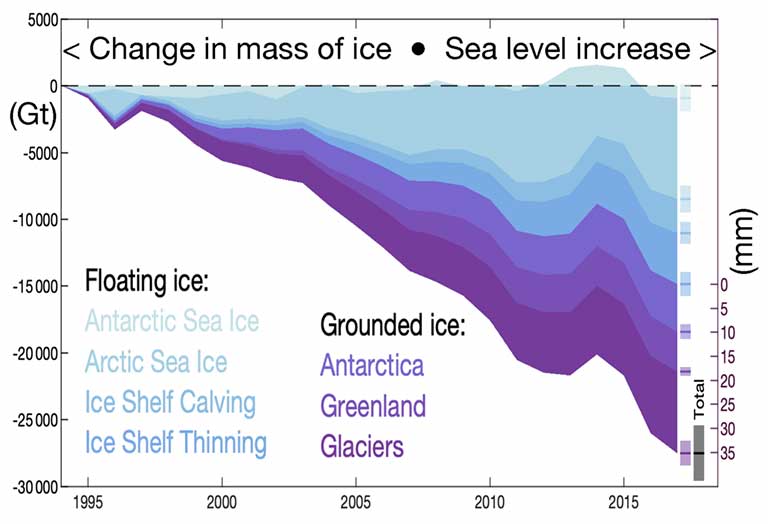
I have mentioned previously earth’s temperature has raised by 10C. Because of that, some of the hottest years after 2000 were recorded recently (2016, 2019, 2020). Also, this could cause much longer and hotter drought seasons, and reduce rainfall in some areas.
Climate change can also create “polar jet streams”. Because of that, winters in some regions can become much colder and longer.
Also, scientists believe that global warming can increase the possibility of the formation of extreme weather conditions like hurricanes. They are still researching this problem.
Global warming will cause changes in the climate patterns of the world. So, wind patterns, rainfall, heatwaves, and seasonal temperatures will be more likely to affect.
This is caused by greenhouse gases rather than global warming. The rising CO2 level is the main cause of this. When CO2 dissolved in water, as a result of that carbonic acid was created. Part of the CO2 in the atmosphere dissolves into the ocean water. Some researchers state that the acidity of the oceans has increased by 25% when compares to the pre-industrial era.
This is a greater threat to coral reefs and other ocean organisms because acid reacts with calcium carbonate and can dissolve it. Most organisms have calcium carbonate shells.
When we consider tropical areas, for example, consider Africa, those areas show more spread of diseases and origin of new diseases. The reason for that is those regions have the ideal temperatures for those pathogens and their carriers (like mosquitos …) to grow. But with temperature increments in subtropical and colder areas, those diseases can spread into those regions.
Increment in temperature could cause changes in flower blooming times of plants and trees. So, this could lead to less yield most of the time.
Some could argue that increasing CO2 levels improve the growth of plants. This can be true sometimes. But those plants will become much less nutritious.
So, what will happen if we continue the current path? It is not looking very promising. Climate change/ global warming happened within a very short period of time (within 200 years). All the data in here confirm that. So, if we continue on this path, there will be an only acceleration of this problem.
Because of the rapid rise of the sea level, some countries/ lands/coastal areas will be inundated. Rising global temperature will cause extreme situations like wildfires, long droughts, and a reduction in rainfall. Actually, some of those consequences are beginning to happen. When we consider the last 5 years, there is a clear increment of wildfire (wildfire of amazon, Australia ….).
That is also most likely to increase in the near future. Also, some regions experience changes in their usual weather patterns. Some of them have experienced long droughts and long winter situations. Some of the regions will suffer more because of this issue than other regions.
Also, this will also impact non-climate related aspects like health, social, environmental, and also economic. Increment in the global temperature will cause more health issues. I previously discussed the spreading of tropical diseases to other regions. Other than that, there will be many critical consequences for human health.
Humans are homeothermic organisms. That means we can not adjust our body temperature according to the environment’s temperature. That will decrease productivity in humans. That can indirectly impact the economy of the world. Also, extreme temperature events can cause some species to go extinct.
Also, humans will have to manage above mentioned extreme weather events and diseases/ pandemics. That coast resources. That also has a huge impact on the economy.
Also, this can create more social issues. For example, rising sea levels can cause some countries/ areas to be inundated. Most of those regions have human establishments. So where would they go? This can create critical social issues.
Also, greenhouse gases cause more air pollution. That will increase the chances of more respiratory health issues in humans. This will also be a problem with the growth of plants. Also, gases like CFC destroy the Ozon layer. Actually, in some areas, the ozone layer has become much thinner than it used o be. Destruction of the ozone layer will result in letting harmful ranges of ultraviolet radiation reach the earth's surface. This can cause skin cancers in humans.
Those are the little bit of the problems (there will be much more serious consequences) we will face in the near future if we don’t manage the situation the correct way. So, what are the steps that have been taken to prevent those issues? What can we do as individuals? Let’s discuss that in the next section.
There is a one really simple answer to this issue. The root of the climate issues is the emission of an excessive amount of CO2 (greenhouse gases) to the environment. So, the answer is to reduce the carbon footprint of the world. But it is easy to say than done.
So, what are the measures that can be taken to reduce the carbon footprint?
Sure, we can reduce the carbon footprint by achieving those targets. But how can we achieve them? It not going to be easy. But reducing the carbon footprint is a must for future generations and also for this generation to survive on the earth.
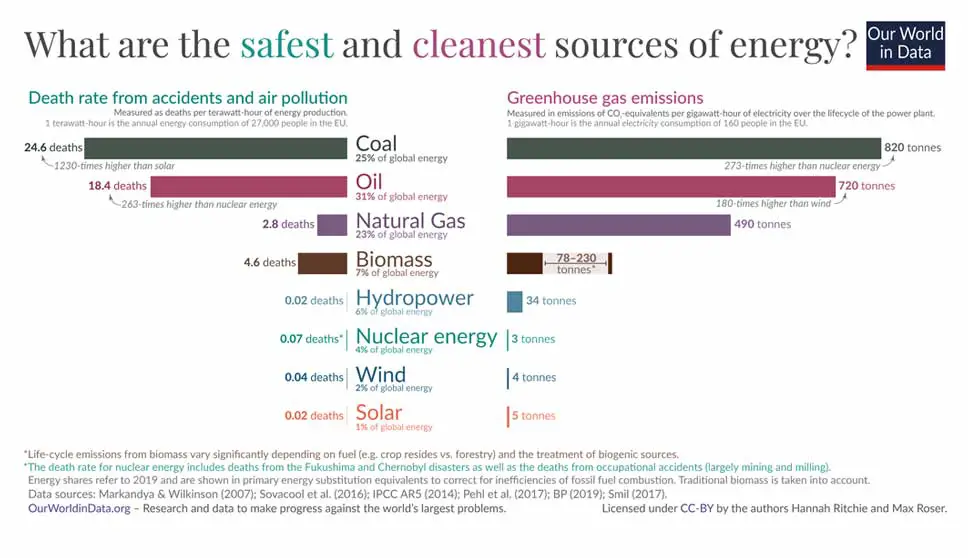
There are many international conventions to address many climate issues. Many nations take part in these conventions to fight against climate change. Some of them are shown below.
The United Nations Framework Convention on Climate Change is the main international convention on fighting against climate change. This was signed in 1992 by 197 parties (countries). The main focus of UNFCCC is to prevent “the dangerous human activities that impact on global climate system”.
This was signed in 1997 by 192 parties. The main intention of the Kyoto protocol is to reduce and limit greenhouse gas emissions.
The Paris agreement was adopted by 196 parties at COP 21 on 12 December 2015 in Paris. The main goal of this treaty is to limit global warming. The meaning of that is to keep global warming below 2OC when compared to the pre-industrial era. To achieve this goal, countries have to limit their greenhouse gas emission as soon as possible.
There are both positive and negative tendencies.
There is very good public awareness about climate change now. So, some people try to adapt to a different lifestyle than before. There is a good tendency to find alternatives that are environmentally friendly. Many countries have established strict laws about environmental pollution now.
Most industries try to invent more energy-efficient products. As an example, there are more automobile companies trying to produce electrical vehicles and hybrid vehicles that have higher energy efficiency and much lower greenhouse gas emission than conventional vehicles.
Also, some countries trying to adapt these concepts into their public transportation system, and most of them have succeeded. For example, more countries use electrical buses and electrical trains for public transportation.
Also, most of the greenhouse gases were emitted from energy production. But in recent years more countries, industries, and also individuals are turning towards renewable and more environmentally friendly energy sources. Some countries turn towards nuclear power which has much lower greenhouse gas emissions than coal or oil power plants. As well, some countries have invested in huge solar power projects (like India). Also, the cost of renewable energy has been reduced in recent years.
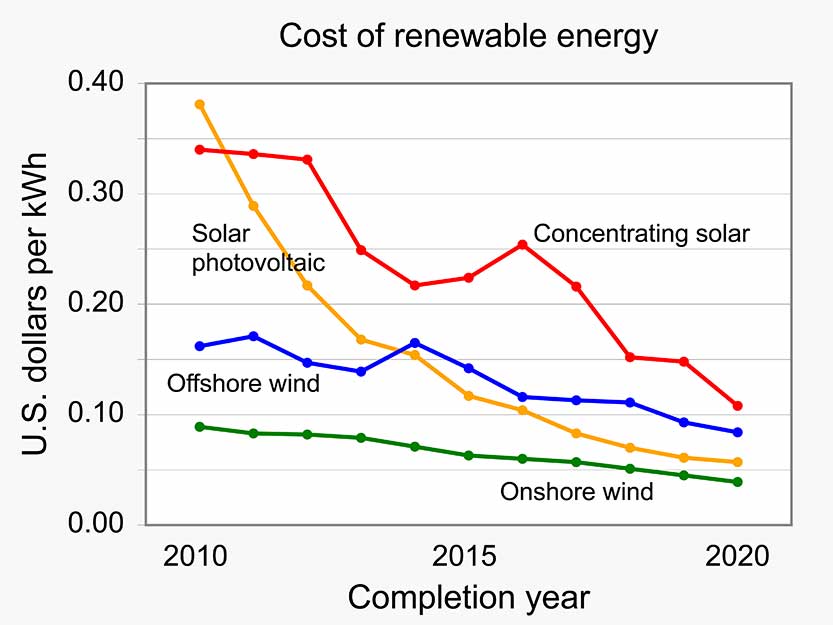
Also because of the Montiel convention, CFC emission has been eliminated completely.
As well as positive tendencies, here are some negative trends as well. Some governments, politicians, industries, business persons, and a few individuals don’t take climate change and issues seriously. This is a very serious issue considering some of those countries are among the top carbon emitters.
The most recent example of this is the US, one of the biggest carbon emitters, which rejects and leaves the Paris agreement in 2017. This kind of action provides a bad example to society and to other countries. But after the 2020 presidential election, the US rejoined the Paris agreement. Also, some of the oil-exporting countries (Iran, Iraq, Libya …) doesn’t ratify the Paris agreement.
As individuals, we also can contribute to preventing climate change. If all of us can change our lifestyle a little bit, that will be a huge contribution to saving our planet.
The world should be developed. We cannot stop that from happening. As well, sustainability is also important. The relationship between our planet and development must be sustainable. Step into a more sustainable lifestyle instead of this aggressive, harmful lifestyle, and having more sustainable development goals, will be more than enough to save our planet.

Ase.tufts.edu - NASA's Cosmos.
Climate.gov. Climate Change: Global Sea Level | NOAA Climate.gov
Shaftel, H., Overview: Weather, Global Warming and Climate Change. Climate.nasa.gov
livescience.com. Effects of Global Warming.
medium.com. Why you shouldn't ignore global warming
Cover Image by Gerhard G. from Pixabay
Figure 01: Wikilakz, CC BY-SA 4.0, via Wikimedia Commons
Figure 02: BenjaminReilly, CC BY-SA 3.0, via Wikimedia Commons
Figure 03: Leland McInnes at the English-language Wikipedia, CC BY-SA 3.0, via Wikimedia Commons
Figure 04: Bvelevski, CC BY-SA 4.0, via Wikimedia Commons
Figure 05: Our World in Data, CC BY-SA 4.0, via Wikimedia Commons
Figure 06: Our World in Data, CC BY 4.0, via Wikimedia Commons
Figure 07: Hannah Ritchie, Max Roser, CC BY 4.0, via Wikimedia Commons
Figure 08: Our World in Data; Author: Max Roser, CC BY-SA 4.0, via Wikimedia Commons
Figure 09: Our World In Data, CC BY 3.0, via Wikimedia Commons
Figure 10: Thomas Slater, Isobel R. Lawrence, Inès N. Otosaka, Andrew Shepherd, Noel Gourmelen, Livia Jakob, Paul Tepes, Lin Gilbert, and Peter Nienow, CC BY-SA 4.0, via Wikimedia Commons
Figure 11: Our World In Data - Max Roser, CC BY-SA 4.0, via Wikimedia Commons
Figure 12: RCraig09, CC BY-SA 4.0, via Wikimedia Commons